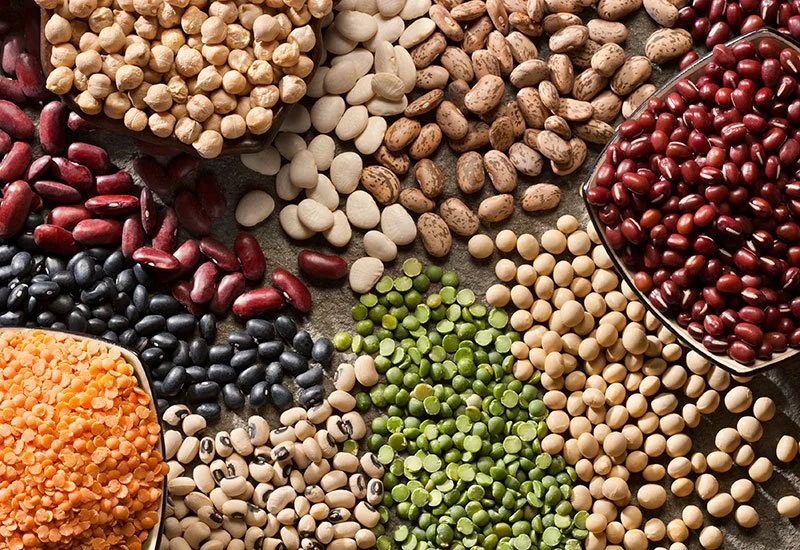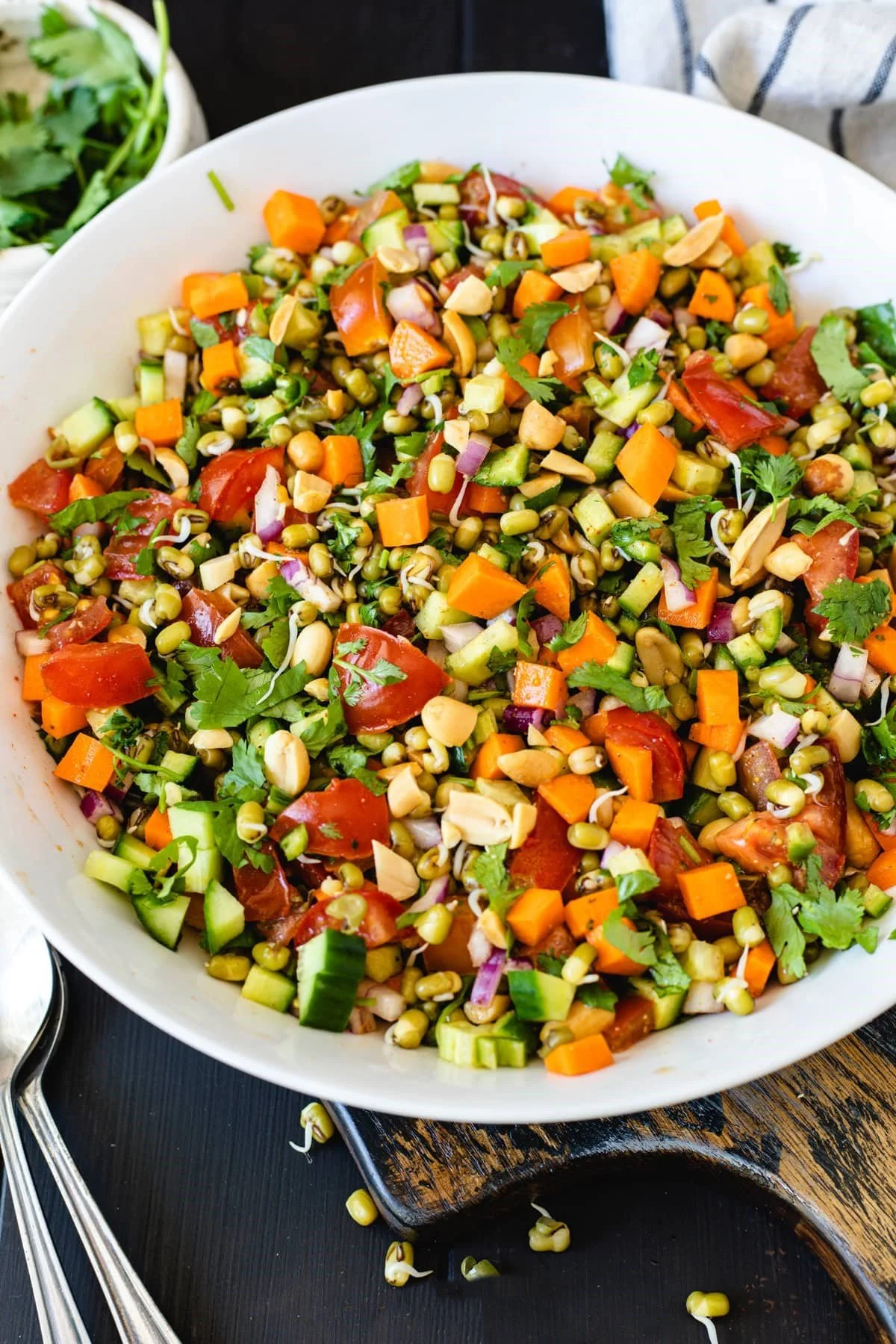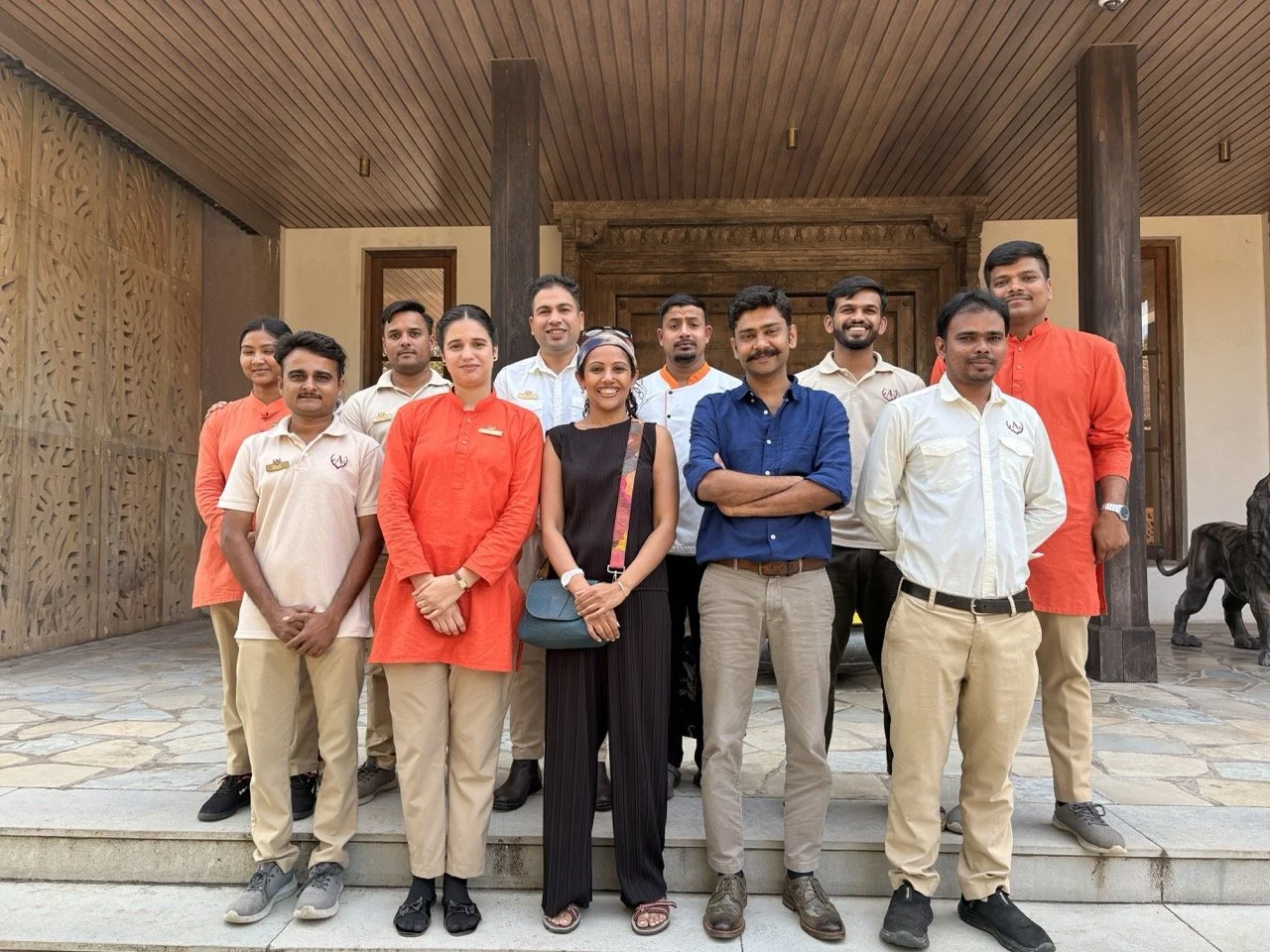Ingredient Ideology | Organic Lentils in Daily Cooking By: Dr. Kaviraj Khialani- Celebrity Master Chef.
/Introduction to Organic Food
Organic food refers to food products that are produced using organic farming methods. Organic farming is a system of agriculture that relies on ecological processes, biodiversity, and natural inputs to produce crops and livestock. Organic farming typically avoids the use of synthetic pesticides, herbicides, fertilizers, and genetically modified organisms (GMOs).
Origin of Organic Food
The organic food movement began in the early 20th century in response to concerns about industrial agriculture. It gained momentum in the 1960s and 1970s, leading to the development of organic farming standards and certification programs. Today, organic food is popular due to its focus on sustainability and health.
Health benefits of Organic lentils
Organic lentils offer several health benefits, similar to conventional lentils. Here are some key benefits:
Rich in Protein: Lentils are a great source of plant-based protein, making them an excellent choice for vegetarians and vegans.
High in Fiber: Lentils are high in dietary fiber, which can help improve digestion and promote a feeling of fullness, potentially aiding in weight management.
Rich in Iron: Lentils are a good source of iron, which is important for the production of red blood cells and oxygen transport in the body.
Low in Fat: Lentils are low in fat and contain no cholesterol, making them a healthy choice for heart health.
Rich in Minerals: Lentils are a good source of minerals like magnesium, potassium, and zinc, which are important for various bodily functions.
Source of B Vitamins: Lentils contain B vitamins, including folate, which is important for cell division and DNA synthesis.
Antioxidant Properties: Lentils contain antioxidants like polyphenols, which can help protect against oxidative stress and inflammation.
Blood Sugar Control: The high fiber content of lentils can help regulate blood sugar levels, making them a good choice for people with diabetes.
Overall, organic lentils are a nutritious and versatile food that can be a valuable addition to a healthy diet.
Uses of Organic Lentils in Daily Cooking
Organic lentils can be used in various ways in daily cooking to add nutrition and flavor to your meals. Here are some common uses:
Soups and Stews: Lentils are often used in soups and stews as they cook relatively quickly and add a hearty texture.
Salads: Cooked lentils can be added to salads for extra protein and fiber. They pair well with vegetables, herbs, and a variety of dressings.
Curries: Lentils are a staple in many curry dishes, adding substance and nutrition. They can be used in Indian dal or other lentil-based curries.
Side Dishes: Lentils can be cooked and served as a side dish, similar to rice or quinoa. They can be seasoned with herbs and spices for added flavor.
Burgers and Patties: Mashed lentils can be used as a base for vegetarian burgers or patties, mixed with vegetables and seasonings.
Dips and Spreads: Lentils can be blended into dips and spreads, such as hummus, for a nutritious and flavorful snack.
Pasta Sauce: Lentils can be used to make a hearty pasta sauce, either blended or whole, adding texture and protein to the dish.
Casseroles and Bakes: Lentils can be used in casseroles and bakes, adding nutrition and texture to the dish.
Stuffed Vegetables: Lentils can be used as a stuffing for vegetables like peppers or squash, adding protein and flavor.
Breakfast Dishes: Lentils can be used in breakfast dishes like lentil porridge or added to scrambled eggs for extra nutrition.
These are just a few examples of how you can incorporate organic lentils into your daily cooking. They are versatile, nutritious, and can be used in a variety of dishes to add flavor and texture.
Recipes using Organic Lentils
1. Masoor Dal Pakoda (Red Lentil Fritters)
Ingredients:
1 cup organic red lentils (masoor dal), soaked for 2-3 hours
1 onion, finely chopped
2 green chilies, finely chopped
2 tablespoons rice flour
1 teaspoon cumin seeds
1/2 teaspoon turmeric powder
Salt to taste
Oil for frying
Method:
Drain the soaked lentils and blend them to a coarse paste without adding water.
Transfer the paste to a bowl and add chopped onion, green chilies, rice flour, cumin seeds, turmeric powder, and salt. Mix well.
Heat oil in a deep pan. Drop spoonful of the lentil mixture into the hot oil and fry until golden brown and crispy.
Remove the pakodas from the oil and drain on paper towels. Serve hot with chutney or sauce.
2. Dal Makhani (Creamy Lentil Curry)
Ingredients:
1 cup organic black lentils (whole urad dal), soaked overnight
1/4 cup organic red kidney beans (rajma), soaked overnight
1 onion, finely chopped
2 tomatoes, pureed
2 tablespoons ginger-garlic paste
1/2 cup cream
1 teaspoon cumin seeds
1 teaspoon garam masala
Salt to taste
2 tablespoons ghee
Method:
Pressure cook the soaked lentils and kidney beans until soft.
Heat ghee in a pan and add cumin seeds. When they splutter, add chopped onion and sauté until golden brown.
Add ginger-garlic paste and sauté for another minute. Add tomato puree, garam masala, and salt. Cook until the oil separates.
Add the cooked lentils and kidney beans along with some water. Simmer for 15-20 minutes.
Add cream and simmer for another 5 minutes. Serve hot with rice or naan.
3. Chana Dal Fry (Split Chickpea Curry)
Ingredients:
1 cup organic split chickpeas (chana dal), soaked for 2-3 hours
1 onion, finely chopped
2 tomatoes, chopped
1 teaspoon ginger-garlic paste
1 teaspoon turmeric powder
1 teaspoon cumin powder
1 teaspoon coriander powder
1/2 teaspoon red chili powder
Salt to taste
Fresh coriander leaves for garnish
2 tablespoons ghee
Method:
Pressure cook the soaked split chickpeas until soft.
Heat ghee in a pan and add chopped onion. Sauté until golden brown.
Add ginger-garlic paste and sauté for another minute. Add chopped tomatoes and cook until soft.
Add turmeric powder, cumin powder, coriander powder, red chili powder, and salt. Cook for a few minutes.
Add the cooked split chickpeas along with some water. Simmer for 10-15 minutes. Garnish with fresh coriander leaves and serve hot with rice or roti.
4. Lentil and Vegetable Salad
Ingredients:
1/2 cup organic green lentils (moong dal), cooked
1 cucumber, chopped
1 carrot, grated
1 bell pepper, chopped
1 tomato, chopped
1/2 onion, finely chopped
Juice of 1 lemon
2 tablespoons olive oil
Salt and pepper to taste
Fresh coriander leaves for garnish
Method:
In a large bowl, combine cooked lentils, chopped cucumber, grated carrot, chopped bell pepper, chopped tomato, and finely chopped onion.
In a small bowl, whisk together lemon juice, olive oil, salt, and pepper.
Pour the dressing over the lentil and vegetable mixture. Toss well to coat.
Garnish with fresh coriander leaves and serve chilled.
5. Moong Dal Halwa (Yellow Lentil Pudding)
Ingredients:
1 cup organic yellow lentils (moong dal), soaked for 2-3 hours
1 cup ghee
1 cup sugar
1/2 cup milk
1/2 teaspoon cardamom powder
Sliced almonds and pistachios for garnish
Method:
Drain the soaked lentils and grind them to a coarse paste without adding water.
Heat ghee in a pan and add the ground lentil paste. Cook on low heat, stirring constantly, until the lentils turn golden brown and aromatic.
Add sugar and milk, and continue to cook, stirring constantly, until the mixture thickens and starts to leave the sides of the pan.
Add cardamom powder and mix well. Remove from heat.
Garnish with sliced almonds and pistachios. Serve warm.
6. Besan Ladoo (Chickpea Flour Balls)
Ingredients:
2 cups organic chickpea flour (besan)
1 cup ghee
1 cup powdered sugar
1/2 teaspoon cardamom powder
Chopped nuts for garnish
Method:
Heat ghee in a pan. Add chickpea flour and roast on low heat, stirring constantly, until it turns golden brown and aromatic.
Remove from heat and let it cool slightly. Add powdered sugar and cardamom powder. Mix well.
Shape the mixture into small balls (ladoos) while it is still warm. Garnish with chopped nuts. Allow to cool completely before serving.
These recipes showcase the versatility of organic lentils in Indian cuisine, offering a range of flavors and textures to suit different tastes and preferences. Enjoy experimenting with these recipes in your kitchen!
Conclusion
In conclusion, organic lentils offer a range of health benefits and are a versatile ingredient that can be used in a variety of Indian dishes. From hearty soups and stews to flavorful curries and salads, organic lentils can add nutrition and flavor to your meals. Additionally, organic lentils are easy to cook and are a great source of plant-based protein, fiber, and essential nutrients. Incorporating organic lentils into your daily cooking can be a delicious and nutritious way to enhance your diet.














